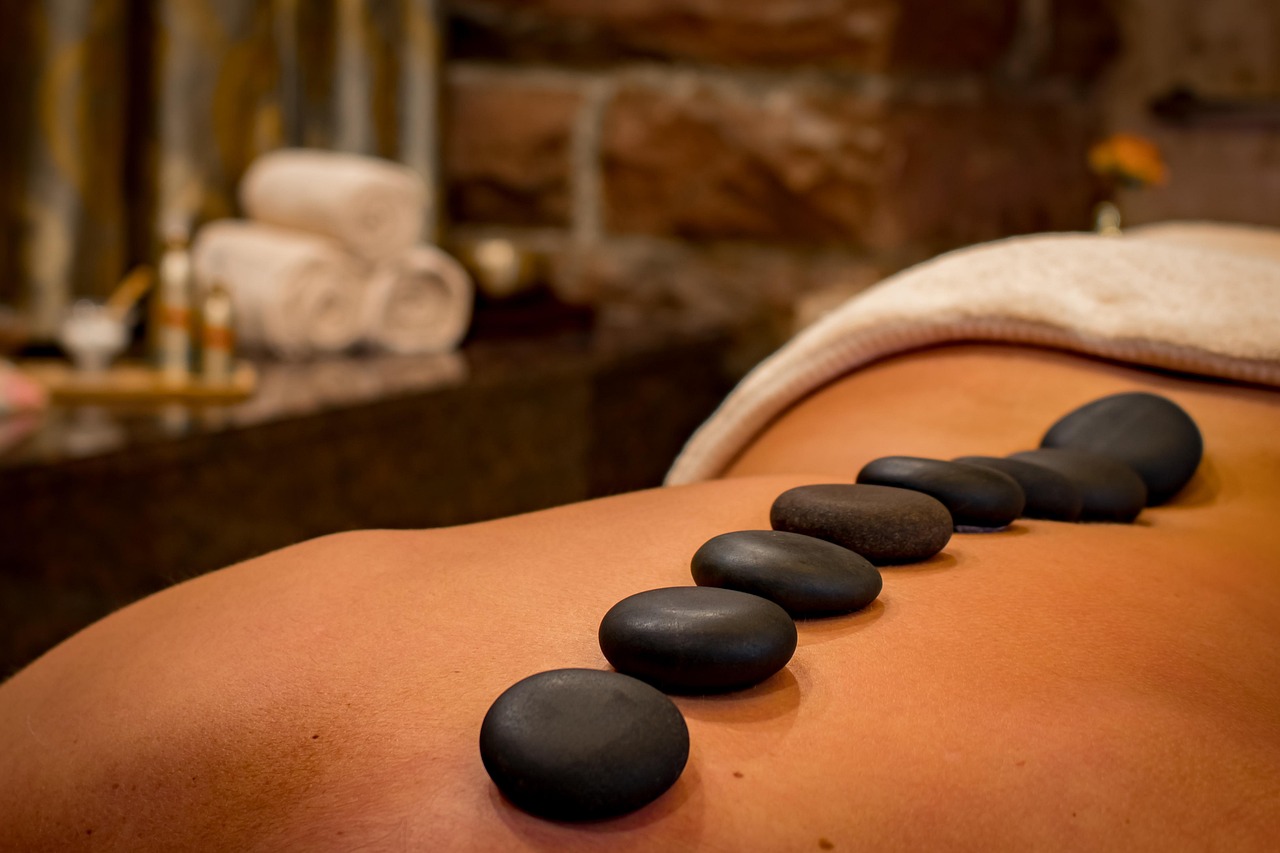Ah, pleasure! That elusive, delightful sensation that humans have chased after since the dawn of time. But have you ever wondered how our ancestors pursued pleasure? Or how different cultures have shaped their own unique practices of enjoyment and fulfillment? Well, you’re in for a treat! This blog post will take you on a whirlwind tour through the ages, exploring the rich tapestry of pleasure practices across different cultures. From the sensual baths of ancient Rome to the intricate tea ceremonies of Japan, we’ll uncover the fascinating ways humans have sought pleasure throughout history. So, buckle up and prepare to be amazed by the ingenuity, diversity, and sheer joy that have defined our quest for pleasure.
Pleasure, in its myriad forms, has been a constant pursuit in human societies, transcending time, geography, and culture. From the dawn of civilization, humans have devised an astonishing array of practices to satisfy their quest for pleasure. This journey through time reveals not only the diversity of these practices but also the shared human desire for moments of joy, relaxation, and fulfillment.
The Ancient World and Its Pleasure Paradigms
Ancient Egypt: The Luxuries of the Nile
In the sun-drenched lands of Ancient Egypt, pleasure was intertwined with daily life, religion, and the afterlife. The Egyptians indulged in aromatic baths, perfumed their bodies with scented oils, and hosted lavish banquets featuring music and dance.
Their belief in an afterlife where pleasure continued played a significant role in their burial practices, where tombs were stocked with items for enjoyment in the next world.
Greece: The Philosophical Pursuit of Pleasure
The Greeks, particularly during the Hellenistic period, deeply contemplated pleasure. Epicureanism, a philosophy founded by Epicurus, posited that pleasure, specifically the absence of pain, was the highest good. Symposia, gatherings for drinking and intellectual conversation, were central to Greek social life, blending the pleasures of the mind with those of the body.
Rome: Sensual Delights and Public Spectacles
The Romans elevated the pursuit of pleasure through public baths, grand feasts, and the infamous spectacles of the Colosseum. Roman baths were not just about cleanliness; they were social hubs where people relaxed, exercised, and discussed politics. Gladiatorial games, chariot races, and theatrical performances were public entertainments that catered to the Roman appetite for pleasure and excitement.
The East: Sophistication and Spiritual Harmony
India: Kama Sutra and the Art of Pleasure
India’s contribution to the history of pleasure is epitomized by the Kama Sutra, an ancient text that explores the philosophy and intricacies of love, sexuality, and emotional fulfillment. Beyond its explicit content, the Kama Sutra is a guide to living a balanced life, where pleasure is considered an essential aspect of a well-rounded existence.
China: The Sensual Art of Tea and Gardens
In China, the pleasure practices were often intertwined with the appreciation of natural beauty and artistic refinement. The Chinese tea ceremony, an intricate ritual involving the careful preparation and consumption of tea, is a profound expression of hospitality and aesthetic enjoyment. Similarly, classical Chinese gardens, designed for contemplation and leisure, reflect the deep connection between pleasure, art, and nature.
Japan: The Way of Incense and the Aesthetics of Pleasure
Japan developed Kodo, the way of incense, which became a sophisticated art form involving the appreciation of incense through various ceremonies. This practice highlights the Japanese dedication to finding pleasure in subtlety and nuance, an approach also evident in their traditional tea ceremonies, ikebana (flower arranging), and haiku poetry.
The Middle Ages to the Renaissance: Celebration and Constraint
In Europe, the Middle Ages saw a dichotomy in pleasure practices. On one hand, the Christian church imposed strict moral guidelines that often demonized earthly pleasures. On the other, there was a robust tradition of feasts, fairs, and carnivals, where social norms were temporarily relaxed, and people indulged in music, dance, food, and drink.
The Renaissance revived interest in the human body and sensuality, inspired by the rediscovery of ancient texts. Art, literature, and philosophy flourished, celebrating beauty, love, and pleasure. This period witnessed the blossoming of public theaters, the spread of sumptuous banquets, and a newfound appreciation for the joys of life.
Modern Times: The Democratization of Pleasure
With the advent of the Industrial Revolution and modern technology, the pursuit of pleasure became more democratized. Advances in transportation, communication, and the production of goods meant that leisure and entertainment were no longer exclusive to the wealthy. Cinemas, public parks, sporting events, and vacations emerged as popular sources of pleasure for the masses.
In Conclusion: The Timeless Quest for Pleasure
Our journey through the ages reveals a fascinating panorama of how cultures around the world have pursued pleasure. Despite the vast differences in practices and beliefs, the universal human quest for moments of joy and fulfillment remains constant. As we continue to navigate the complexities of modern life, the historical evolution of pleasure practices serves as a reminder of the importance of seeking balance, beauty, and joy in our own lives.
FAQs
How did ancient cultures view pleasure compared to today?
- Ancient cultures often integrated pleasure into their philosophical, religious, and social lives in ways that were deeply holistic, viewing it as an essential part of a well-lived life, rather than a mere indulgence.
Can learning about historical pleasure practices influence our modern pursuit of happiness?
- Absolutely! Exploring the diverse ways in which cultures have celebrated pleasure can inspire us to incorporate more balanced, thoughtful, and enriching practices into our own pursuit of happiness.
In this exploration of the historical tapestry of pleasure, we’ve only scratched the surface. Each culture’s practices offer a unique lens through which to view the universal human pursuit of pleasure, suggesting that perhaps our ancestors had much to teach us about the art of living joyfully.


